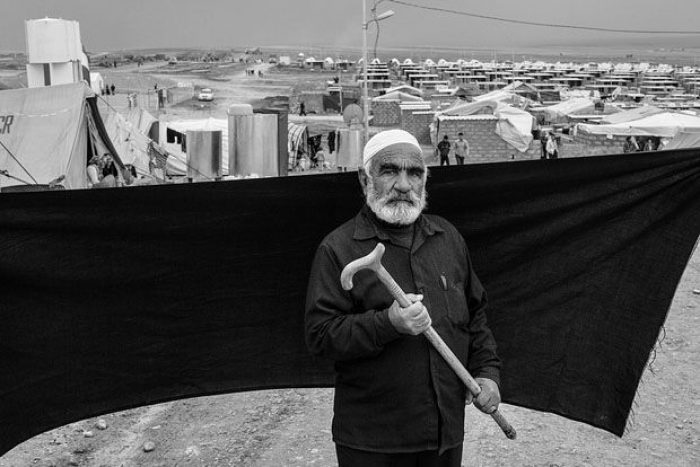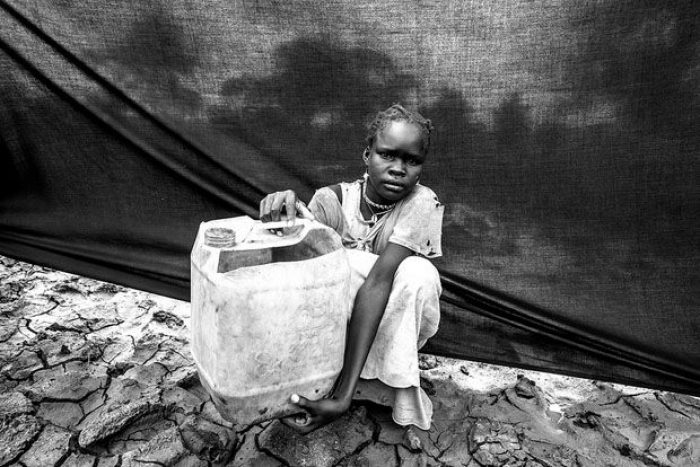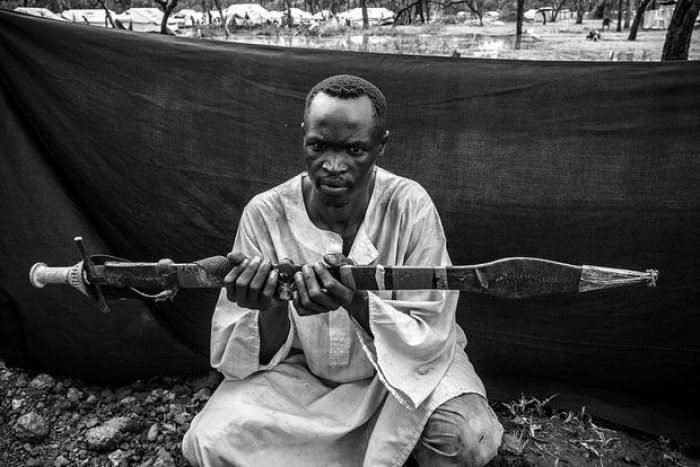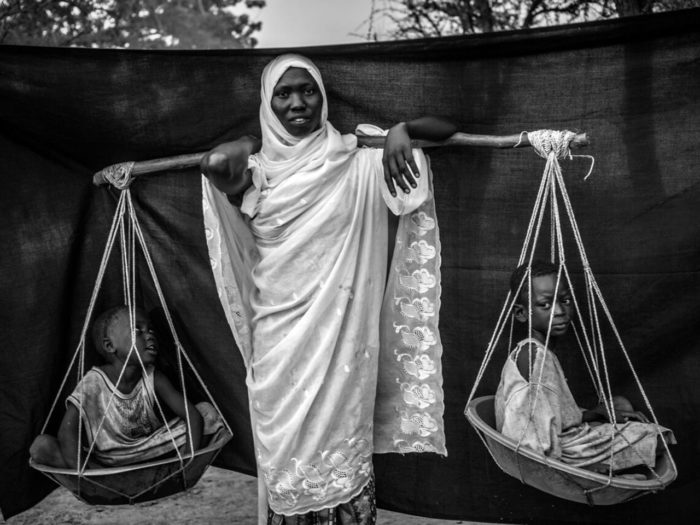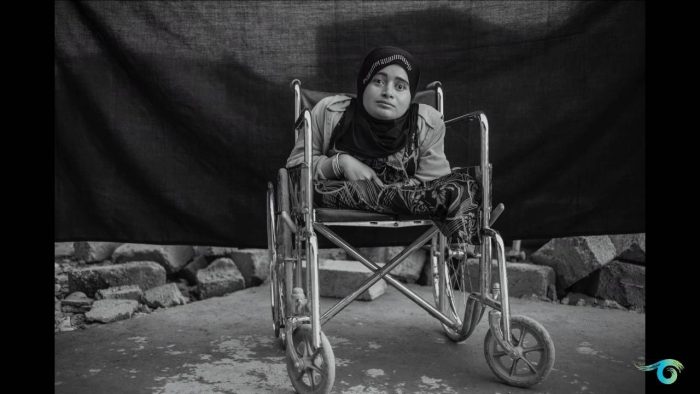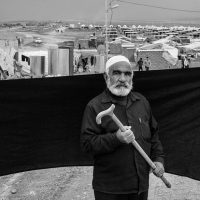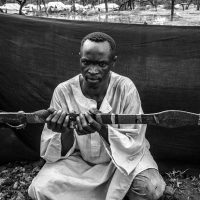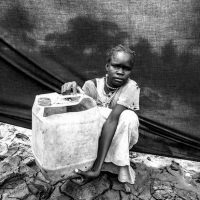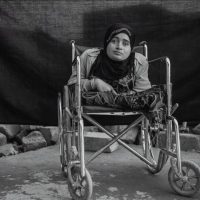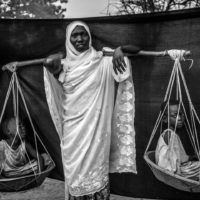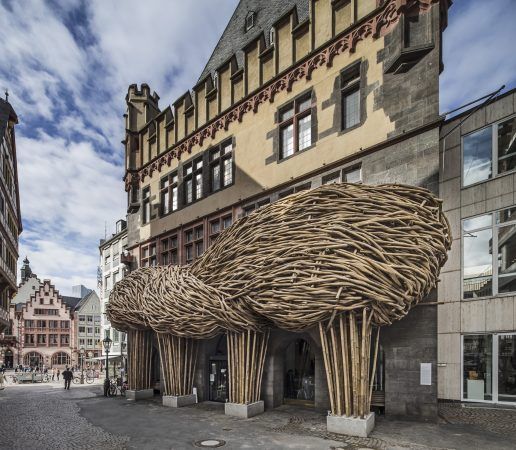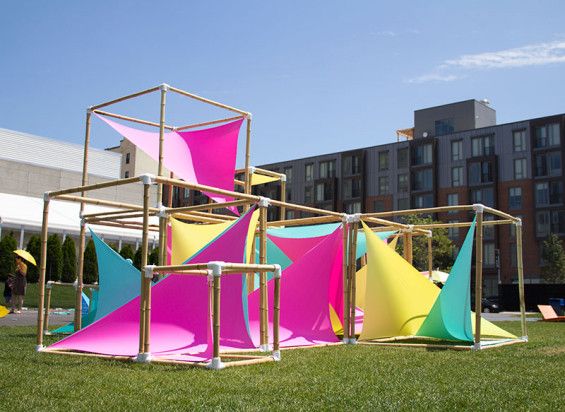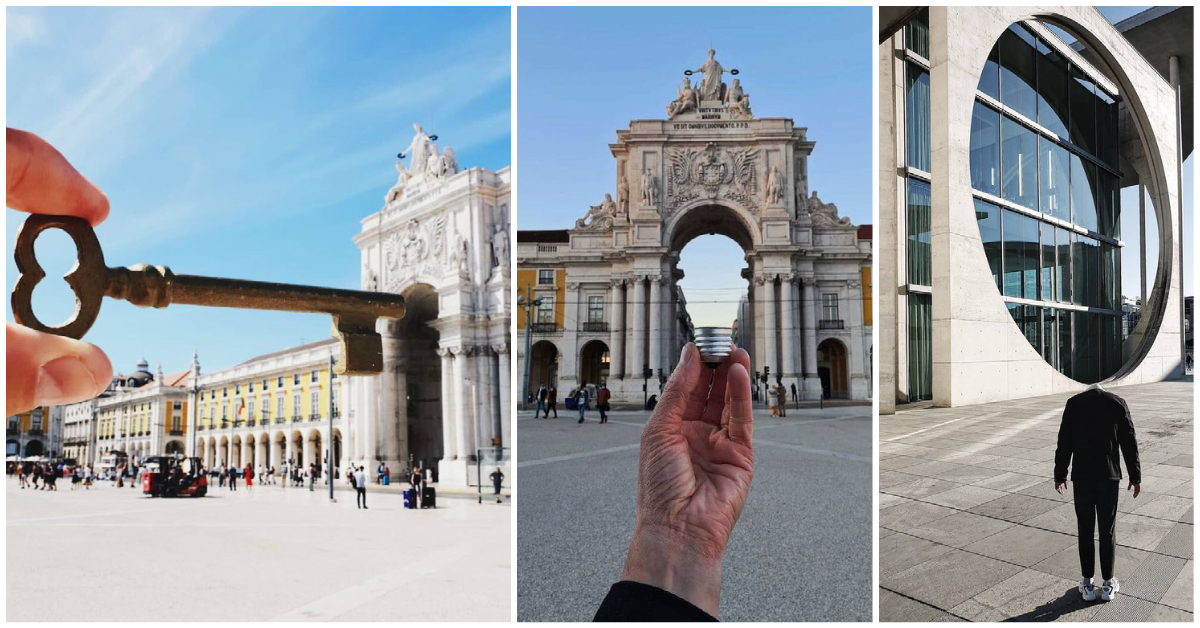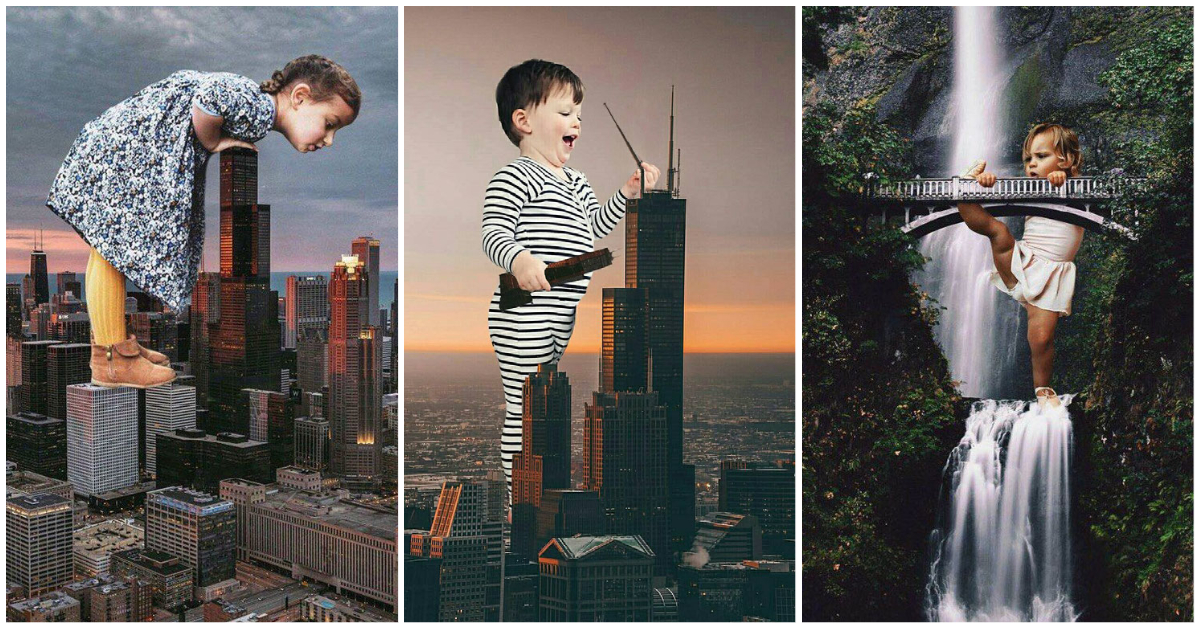“The Most Important Thing” is a project by NYC-based photographer Brian Sokol supported by the UN Refugee Agency. It consists of portraits of refugees posing with the one thing they couldn’t let go of when running away from home. Sokol traveled to separate camps housing refugees from Syria, Sudan, and Mali to ask those refugees “What is the most important thing you brought from home?” The first installment focused on refugees fleeing from Sudan to South Sudan, who openly carried pots, water containers and other objects to sustain them along the road. By contrast, people seeking sanctuary from the conflict in Syria must typically conceal their intentions by appearing as though they are out for a family stroll or a Sunday drive as they make their way towards a border. Thus they carry little more than keys, pieces of paper, phones and bracelets – things that can be worn or concealed in pockets. Some Syrians bring a symbol of their religious faith, others clutch a reminder of home or of happier times.
The entire series’ are available through the UNHCR’s Flickr account. You can find the Sudan series here and the Syria series here. You can also follow along with Sokol’s work through his website and through Instagram.
The most important thing Omar was able to bring with him is the axe he holds in this photograph. He used it to cut firewood for cooking and to make small wooden structures where his family could sleep at night, and sometimes to rest for several days at a time, during their journey.
The most important thing Maria brought with her is the jerrycan (water container) that she holds in this photograph taken at Jamam camp in Maban County, South Sudan.
The most important object Howard was able to bring with him is the long knife he holds, called a shefe, which he used to defend his family and his herd of 20 cattle during their 20-day journey from Bau County to the South Sudanese border.
The most important things that Torjam was able to bring with him were the plastic bottles he holds here. One carried drinking water, the other cooking oil. “All I could carry was this, and an axe. We couldn’t bring much, and even had to leave some other old people behind.
The most important object Hasan was able to bring with him is the empty wallet he holds. Though he is now destitute, he left Maganza with enough money to buy food for his family during their 25-day journey to the South Sudanese border.
The most important thing Ahmed was able to bring with him is Kako, his pet monkey. Kako and Ahmed made the five-day journey from Taga to the South Sudanese border together in the back of a truck. Ahmed says he can’t imagine life without Kako, and that the most difficult thing about leaving Blue Nile was having to leave his family’s donkey behind.
The most important object Dowla was able to bring with her is the wooden pole balanced over her shoulder, with which she carried her six children during the 10-day journey from Gabanit to South Sudan. At times, the children were too tired to walk, forcing her to carry two on either side.
The most important thing that Shari was able to bring with her is the stick she holds. “I’ve had this stick since I went blind six years ago, she said. My son led me along the road with it. Without it, and him, I would be dead now.”
The most important thing Al Haj was able to bring with him is the whip that he holds. Without it, he says, he wouldn’t have been able to keep together his herd of 50 goats, and he would now be destitute.
The most important thing Magboola was able to bring with her is the cooking pot she holds in this photograph. It was small enough she could travel with it, yet big enough to cook sorghum for herself and her three daughters during their journey.
Sokol also took his project to the Middle East, where he photographed Syrian refugees who have fled from their country to neighboring countries that include Jordan, Lebanon, Turkey, and Iraq. Unlike the refugees of Sudan, Syrian refugees often flee under the guise of taking a family walk or leisurely drive. Thus, they commonly take little more than what can be worn on the body or stuffed into pockets.
The most important thing that Salma was able to bring with her is the ring she displays in this photograph. When she was ten years old, her mother gave it to her from her death bed, saying, “Keep this ring and remember me.” She intends to wear the ring to her grave. “It’s not valuable – not silver, or gold – just an old ring. But it’s all that I have left.”
The most important thing Tamara was able to bring with her is her diploma, which she holds in this photograph. With it she will be able to continue her education in Turkey. Through a generous education program, the government will allow qualified Syrian refugees to attend Turkish universities beginning in the March semester.
The most important thing Ayman was able to bring with him from Syria is his wife. “She’s the best woman that I’ve met in my life,” he says. “Even if I were to go back 55 years, I would choose you again.”
The most important thing Yusuf was able to bring when he fled Syria is the mobile phone he holds in this photograph. “With this, I’m able to call my father. We’re close enough to Syria here that I can catch a signal from the Syrian towers sometimes, and then it is a local call to call home from Lebanon.” The phone also holds photographs of family members who are still in Syria, which he is able to keep with him at all times.
The most important thing Leila was able to bring with her are the jeans she holds in this photograph. “I went shopping with my parents one day and looked for hours without finding anything I liked. But when I saw these, I knew instantly that these were perfect because they have a flower on them, and I love flowers.” She has only worn the jeans three times, all in Syria – twice to wedding parties, and once when she went to visit her grandfather. She says she won’t wear them again until she attends another wedding, and she hopes it, too, will be in Syria.
The most important thing Ahmed was able to bring with him is the cane he holds in this photograph. Without it, he says, he would not have made the two-hour crossing on foot to the Iraqi border. “The only other thing I have left is this finger,” he said. “All I want now is for my family to find a place where they can be safe and stay there forever. Never should we need to flee again.”
The most important thing May was able to bring with her when she left home is the set of bracelets she wears in this photograph. “The bracelets aren’t my favourite things,” she says; “my doll Nancy is.” May’s aunt gave her the doll on her sixth birthday. “She reminded me of that day, the cake I had, and how safe I felt then when my whole family was together.”
The most important thing Iman was able to bring with her is the Koran she holds in this photograph. She says that religion is the most important aspect of her life, and that the Koran inspires a sense of protection. “As long as I have it with me, I’m connected to God,” she says.
- Courtesy of Brian Sokol
- Courtesy of Brian Sokol
- Courtesy of Brian Sokol
- Courtesy of Brian Sokol
- Courtesy of Brian Sokol


